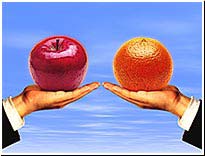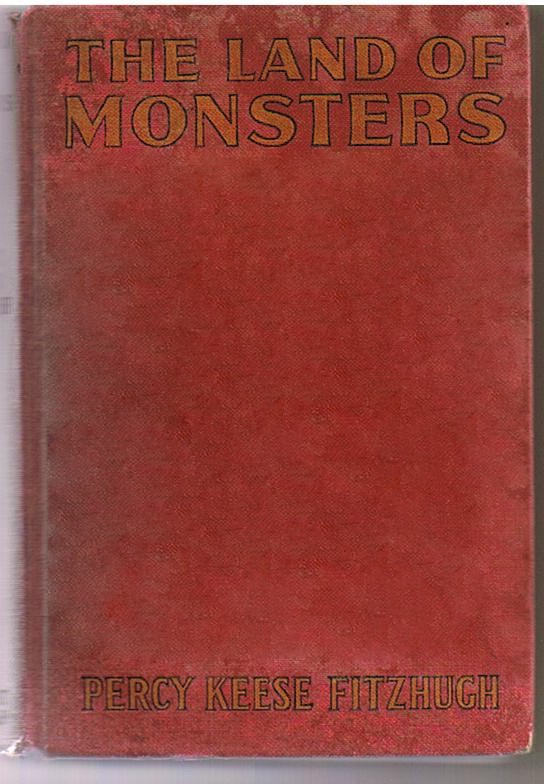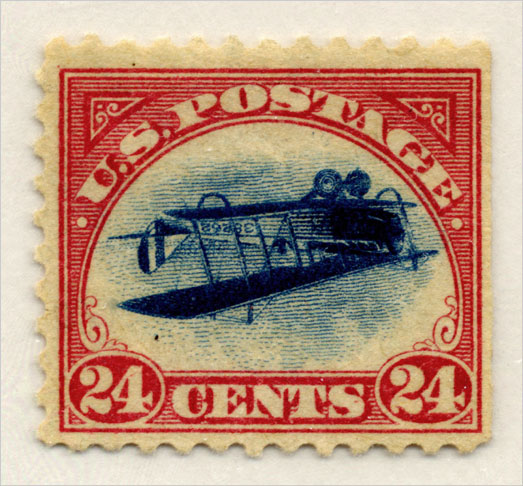|
WHAT IS MY BOOK WORTH?
Questions often arise relating to the value of the various Fitzhugh volumes. I make a point of not assigning a specific dollar value to any book (unless I am selling it) because there are so many variables. There are many good price guides out there that offer a good starting place; these are not the bible however. They are based on one person’s opinion and research.
The best answer is: the book you are selling is worth what ever the market will bear or to put it another way, the book you want to buy, is worth whatever you are willing to pay for it. Whether buying or selling, it is wise to get an education, do some research before jumping in. eBay is a wonderful tool for this, you can search completed auctions and get a general idea of a book’s value. Just remember the “timing” rule below. There are many reputable book dealers selling on the internet and it is a good idea to examine many of these before buying or bidding on an auction.
The actual value of any given book is based on many factors:
Condition – This is perhaps the most important factor in a book’s value. Just as in real estate where it’s location, location, location, with books it’s condition, condition, condition! The difference in price between a book in average condition, with no dust jacket, and the same book in as new condition with a perfect dust jacket can be as much as a hundred times, maybe even more.
Scarcity – People always wonder why one volume has a higher value than another. Generally, books toward the end of a series are more valuable than the first books in the series. Let’s use the Tom Slade series as an example. The Tom Slade series was hugely popular for several years- from 1915 to 1930 the books were printed and reprinted. The first book in the series, Tom Slade, Boy Scout enjoyed a “publishing life” that spanned more than 25 years because it was printed into the 1940’s. It was so popular that the publisher had to keep reprinting it. By the 1930’s, the popularity of the series began to wear off and reorders were not as frequent, especially for the later volumes. In contrast, the last book in the series had a much shorter “publishing life” (only about 10 years) and during that time there were fewer reorders for the books. Therefore, far fewer copies of The Parachute Jumper were printed. It’s simple mathematics, the last books cost more because there are fewer of them around. This holds true for practically all of the series books out there. Often times, for the same reason, the dust jacket is more valuable than the book it is wrapped around. People just didn’t save the jackets.
Version – Which version do you have? This goes with scarcity. Some of Fitzhugh’s books are found in different versions. For example: because of binding variations, formats, and multiple publishers, Along the Mohawk Trail has been found in 6 different versions. Some of these are scarcer than others and can command a higher price. Another example is Tom Slade, Boy Scout. The first printing of this book was done in a gray/green binding and had 16 illustrations from the film. Very few of these were produced compared with the more common, green binding which has only 8 illustrations and slightly different titling on the cover. This book is also found in the Whitman version published in two sizes after 1930.
Demand – As we learned above some books were more popular than others. This is true today. Many collectors “specialize” and are simply not interested in all of the books from a given author. This is especially true with Fitzhugh who wrote some fairly obscure books that are rare, but few collectors are interested in them.
Timing – I have been asked: “I bought a book on eBay that cost me $25 when the exact same book sold last month for only $8.50 why such a price difference?” The answer is; if the books really were identical, you’re a victim of bad timing. Last month fewer people were bidding and/or the people who bid this month were not looking at that book for some reason. This could be caused by the way it was listed, the duration of the auction, or the fact that Joe Fitzhugh Collector just came back from vacation and missed last month’s auction.
When trying to assign a value to any book, ensure that you are comparing apples to apples and keep the above factors in mind. It is important also to remember that grading a book is largely a matter of opinion. What you consider to be “excellent” condition, may be viewed as “average” to someone else.
IF YOU HAVE QUESTIONS ABOUT THE VALUE OF YOUR BOOK, FEEL FREE TO EMAIL ME AT jeff@bridgeboro.com

- ERROR BOOKS -
It should be noted that sometimes errors occur while publishing. Defects -such as repeated pages, reversed page order, upside down covers, incorrect illustrations, etcetera- while rare are not unheard of. When defects occur on collectables such as coins and stamps, they can be more valuable to collectors. The classic example of this is the “Inverted Jenny”, a 24 cent US stamp with the upside down image of a biplane (worth about $150,000.00). Unfortunately, in the book collecting world, errors are not as collectable and are often viewed as just defective books or curiosities. Of interesting note is a book by Harold M .Sherman, The Land of Monsters, which was part of the "Buddy Books” series. Evidentially some of the books were printed with a cover showing Percy Keese Fitzhugh as the author. Except for the cover and spine, the book is normal in every other respect and shows Mr. Sherman as the author on the title page. It is unknown how many of these books got into the hands of the general public.


HOME - BOOKS - BOOK NOTES - THE FILM - OBITUARIES - TIMELINE - VALUES - LINKS - SOURCES -
CONTACT/HELP - INDEX - STUFF FOR SALE - WHAT'S NEW?
|
